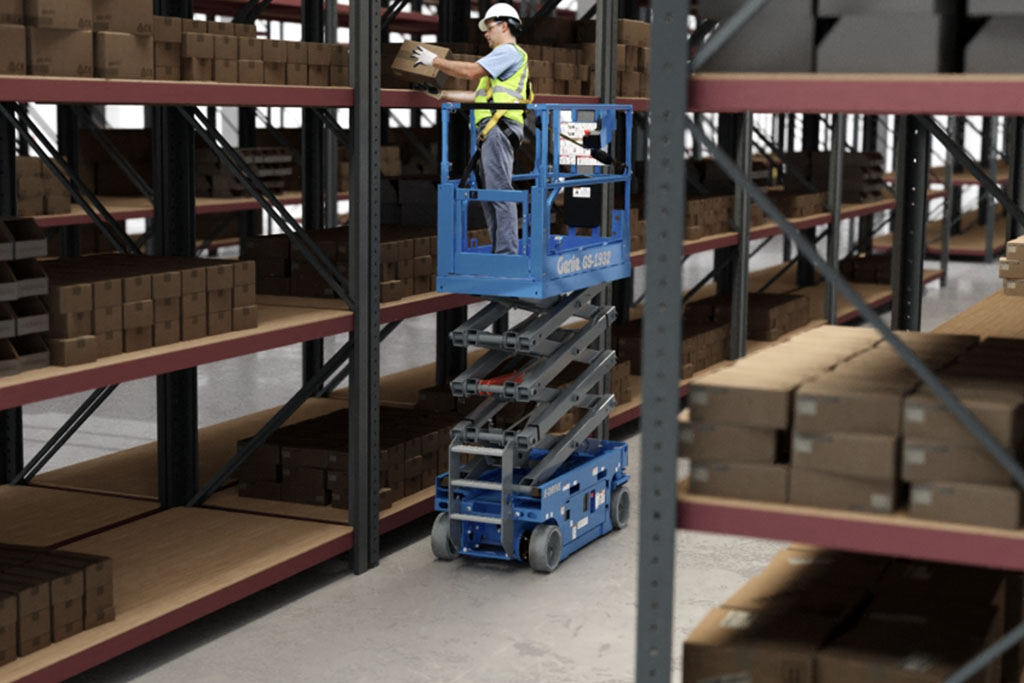Load Sense on Scissor Lifts
by Genie On Jun 17, 2021, 03:00 AM
Subscribe To Aerial Pros
Filter by tags
Genie® GS™ slab scissor lifts are designed to deliver reliability and performance on the jobsite, and for your rental business.
They’re also purposefully built to reduce and simplify maintenance. But, like most jobsite equipment, proper care and maintenance can make sure you and your customers get peak performance out of your scissor lift.
This includes calibrating the load sense on your machine, which is required annually. It also needs to be tested if the platform fails to raise rated load or following certain maintenance activities or replacement of components. For example, Genie scissor load sense systems must be calibrated if the ground control box has been replaced. 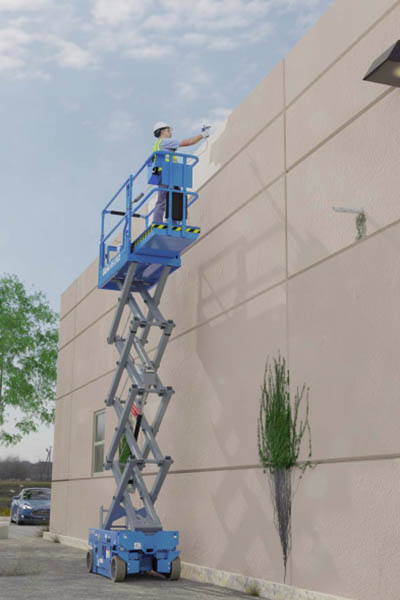
So, when performing a load calibration, what should you consider to make sure your Genie slab scissor lift continues to perform at its best?
Read the manual — Before you start work on calibrating load sense, make sure you refer to the Service and Repair manual for the particular equipment you’re working on. The manual should help you with all the detail for the load sense system.
Know when you can simplify the process — No-load calibration is available to simplify the process. That said, all equipment must have at least one full-load calibration before a no-load calibration is allowed.
Consider what you carry — Before you perform a full-load calibration, look at what’s in the platform and take it off. That includes any weight, tools, equipment or personnel. By doing this, you can ensure that the maximum platform capacity is properly set and not impacted by any load on the platform during calibration.
Check your surrounding and sensors — When you’re ready to perform a lift calibration, make sure your Genie scissor lift is on a flat, solid surface. Additionally, check the platform height sensor on your scissor lift. A damaged or improperly operating sensor could affect your calibration.
Go high — To complete a proper load sense calibration, the platform needs to be elevated to its full height. If the equipment is being used in a space that limits its full reach, we suggest you take it outside in proper weather conditions and raise it to its full height for a proper calibration.
Check the forecast — What kind of weather conditions are considering proper for calibration? Among other things to consider, make sure it isn’t too windy or cold. Wind speeds should be less than 28 mph and temperatures need to be above freezing.
Related Posts
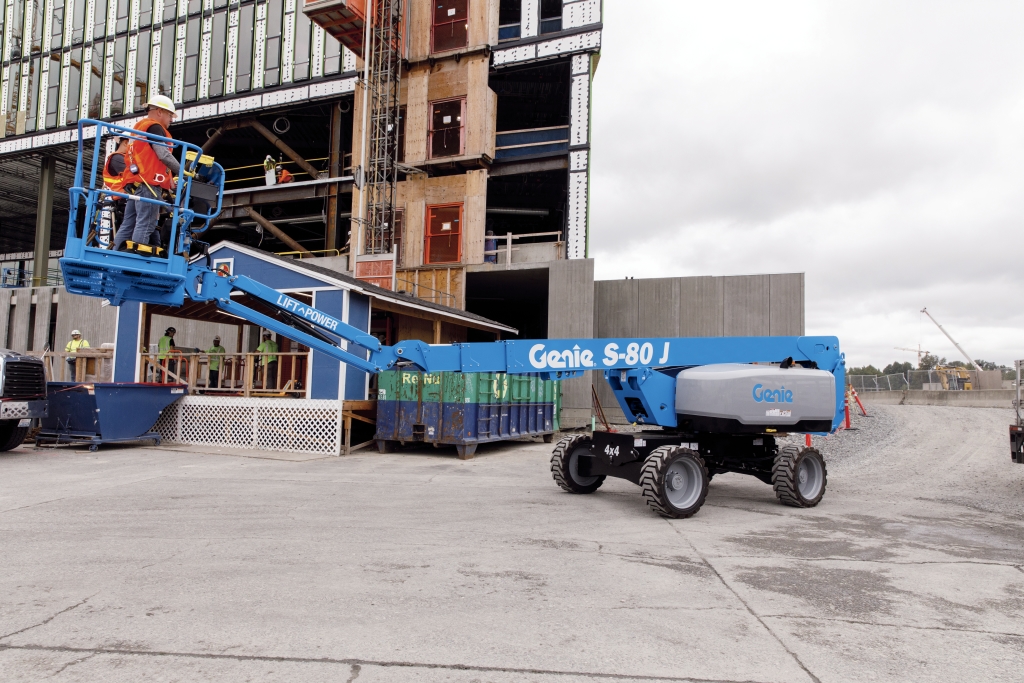
Load Calibration for Load Sense
“Load sense” is likely a term you’ve been hearing more of lately. But, what is the primary purpose of load sense, and why does it matter when you’re operating a mobile elevating work platform (MEWP)?
Continue Reading
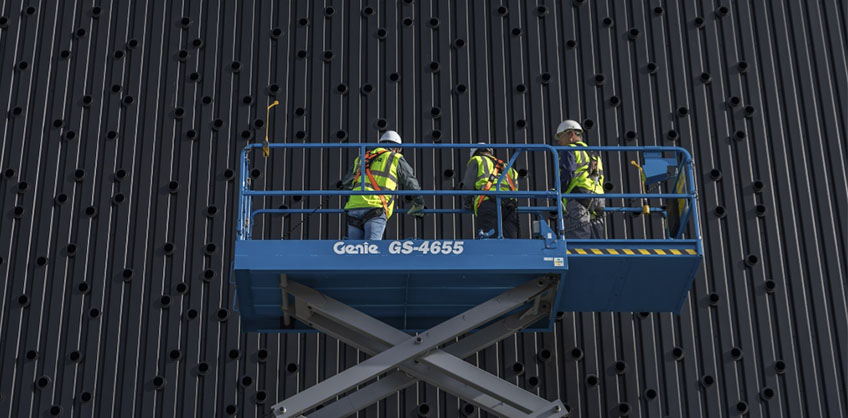
When Work Is Done for the Day — Guidelines for Daily Maintenance on Scissor Lifts
Sticking to a regular maintenance routine, including the important daily tasks as outlined in the operator’s manual, helps to ensure that scissor lifts are ready to work when they are needed.
Continue Reading
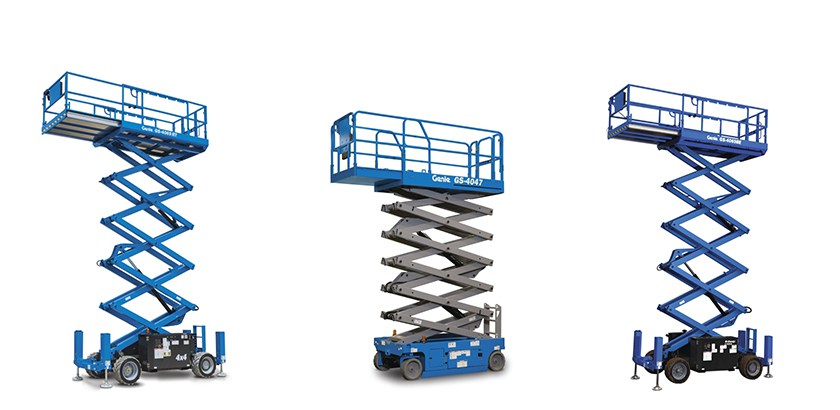
Easy Troubleshooting with Scissor Error Codes on Smartlink® Equipped Machines
Did you ever wish a machine would simply tell you what is wrong with it and how to fix it?
Continue Reading


